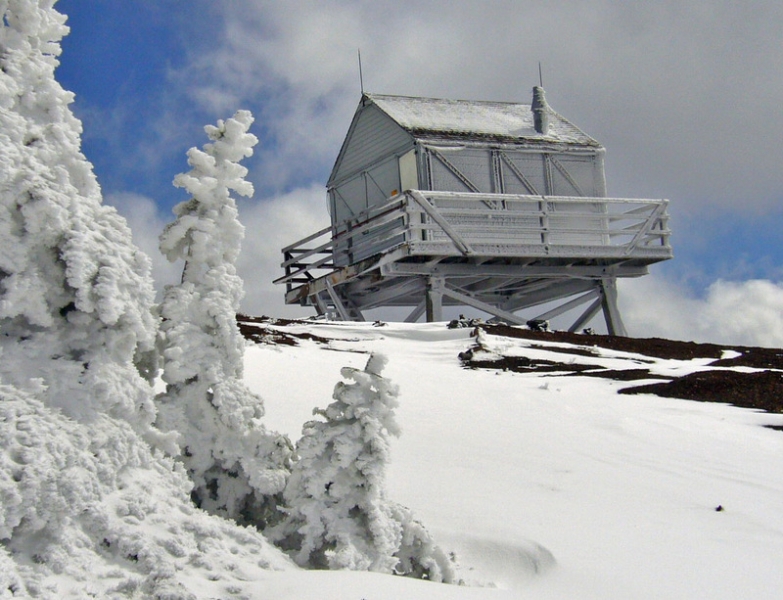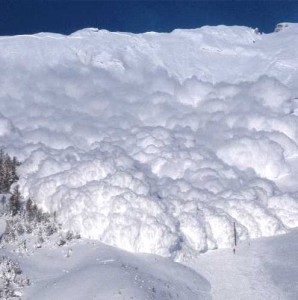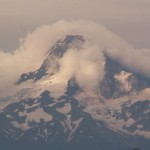Nordic Safety Guidelines
Your safety while participating in our Nordic activities and ski touring is a primary concern of the Oregon Nordic Club. The aim of our trips is to have an enjoyable experience along with other skiers whether we are traveling on easy, marked trails or challenging backcountry routes. Since there is inherent risk in what we do, it is the responsibility of each of us to participate in a thoughtful and intelligent way, matching the trips we participate in to our skill level, and using each trip as an opportunity to improve our skiing and navigation skills and our ability to assess snow safety conditions.
 Trip descriptions, maps and trip reports are NOT intended to provide adequate information for independent travel; and the ONC does NOT recommend such use of the information on this site. The trails and trips in backcountry areas may be unmarked and unpatrolled. Navigation in winter conditions can be surprisingly difficult. Thoughtful consideration should be given to the advantages of making trips with experienced group leaders who have local knowledge of terrain and snow conditions.
Trip descriptions, maps and trip reports are NOT intended to provide adequate information for independent travel; and the ONC does NOT recommend such use of the information on this site. The trails and trips in backcountry areas may be unmarked and unpatrolled. Navigation in winter conditions can be surprisingly difficult. Thoughtful consideration should be given to the advantages of making trips with experienced group leaders who have local knowledge of terrain and snow conditions.
 Avalanches occur regularly in our rugged terrain so you should prepare by visiting the Northwest Avalanche Center website before your ski tour. If you have any concerns about the day’s snow safety and avalanche conditions it is wise to await better conditions. The mountains will always be there. We offer the following suggestions and welcome additional ideas from Club members regarding safe ski touring practices.
Avalanches occur regularly in our rugged terrain so you should prepare by visiting the Northwest Avalanche Center website before your ski tour. If you have any concerns about the day’s snow safety and avalanche conditions it is wise to await better conditions. The mountains will always be there. We offer the following suggestions and welcome additional ideas from Club members regarding safe ski touring practices.
Nordic Activity Safety Practices
1) Choose tours and activities that match your current skill level. It may be hazardous to yourself (and other tourers) to attempt trips that are too far beyond your abilities. Call the tour leader a day in advance to discuss skills and equipment.
2) Nordic activities and tours are of varying length and difficulty. Skill levels applied to touring are:
- A – Easy: A need for basic skills and the traversing of up to a few miles on largely level terrain.
- B – Intermediate: Entry level backcountry, distances extend to 10+ miles, moderate hills are encountered and the accumulated elevation gain for the trip can exceed 1000 feet
- C – Advanced: Trips add elevation gain, frequent steep terrain and extended time “on the skis”.
- D – Expert: Backcountry and high terrain skiing, best described as professionally challenging with substantial difficult terrain and long distances entailed.3) ONC Chapters seek to sponsor as many activities and as many types of tours as possible and we try to schedule tours in advance so that members can plan ahead. However, we realize that adverse conditions may make a particular activity or tour hazardous on the scheduled date. It is completely within the discretion of the tour leader to change the level of an activity, move an activity to a different location or cancel an activity entirely.
4) Travel to and from Nordic activities presents hazards which tourers should be aware of and prepared for:
- check the weather and road conditions before leaving for a tour;
- be sure your vehicle is prepared for winter driving;
- always use chains or traction when they are required;
- slow down–this is the most important step you can take to reduce the risks of winter driving;
- be aware of the potential for fatigue on the return trip–take a break or change drivers if necessary.
5) During a tour you should constantly assess snow/weather conditions, your own stamina level and that of your companions. Be willing to turn back before reaching your goal if it might unsafe to continue. Carry avalanche locators in avalanche-prone areas. Be sure that someone knows where you are skiing and when you expect to return.
6) Carry the TEN ESSENTIALS and know how to use them.
- Water & extra food
- Extra clothing
- Map
- Compass
- Whistle
- Flashlight
- Matches & fire starter
- Sunglasses & sunscreen
- First Aid kit
- Ski repair supplies/tools.
7) Do not wear cotton garments as cotton absorbs moisture, enhances rapid body cooling and provides little to no insulative properties when it gets wet. It is much preferable and safer to use modern moisture-wicking materials and wool garments to keep you dry and warm. This is out of concern for your safety, as well as the safety of others.
8) If you stop for a meal or socializing on the drive home, please have designated drivers who do not consume alcohol.
9) Keep safety in mind in all aspects of Nordic activities and ski touring; you are responsible for your own safety.

